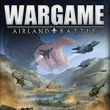Wargame AirLand Battle: Moving/Maneuvering | Terrain, morale and maneuvering
I mentioned that surrounding may affect ability of detection or speed of moving. I have to add several remarks about moving vehicles. There are several modes of moving. In the right bottom corner of the screen you can find a panel with basic and advanced orders.

"Quick movement" (key;) - vehicles will head for the closest road where they form a column.
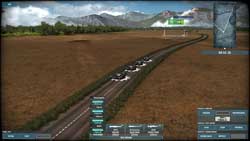
In such formation, they use their max speed after reaching a road. It makes them almost defenseless.
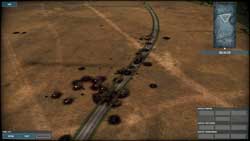
Attacked troop has to break a line (spread out what doesn't happen immediately) to open a fire (one tank is too little). They also become a very easy target as the thickest armor is their front one. There is no need for many series to destroy the whole column of powerful tanks if you caught them from surprise and attack from sides; and there are also area attacks (bombarding, rockets). You have to remember also that with "Quick Movement" troop won't automatically begin fighting the enemy it meets (it ignores the danger). But when you play it very carefully, it lets you get your supplies and reinforcement reach the particular place extremely fast. This mode of movement may be used in the beginning phase of battle to take over a sector quickly (after a reckoning). And remember, that wheeled vehicles are faster than the tracked ones.
"Attack" (default: Q) - the vehicle is moving and attack every enemy it spots. On the contrary to the normal movement, the machine stops after spotting an enemy and then fires. It has a great meaning if you have tanks with a weak stabilizer (or without it). Approaching the particular target, tank may always fire, but the chance of hit depends on the type of stabilizer.
Type of stabilizer affects the percentage chance of accurate shot at the maximum range in the following way:
No stabilizer - unit has 5% chance of hitting.
Bad stabilizer - unit has half of accuracy while moving.
Medium stabilizer - unit has accuracy while moving lesser about 50-25 percent from the base.
Good stabilizer - unit has accuracy while moving lesser about 25-15 percent from the base.
Very good stabilizer - unit has accuracy while moving lesser about 15-0 percent from the base.
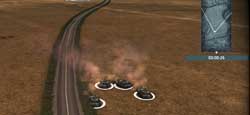
"Back" (G by default) - command which allows you to ride back. It has a crucial meaning, because armor is toughest at the front. Normal returning means, that units turn their fronts into the direction of riding. It means, that their weakest, back armor is exposed. When you use "Back", the vehicle doesn't turn, but puts a reverse gear and, if has a stabilizer, can still fight. Doing so, you can retreat or draw enemy into an ambush.
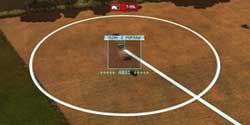
"Fire" (T by default) - it's a forcing of fire, independently on the cursor's position. It's used mainly with artillery and other units with area attack. When you press "Fire" and show a random point (in case of artillery this point has to be properly away), you'll see a circle where the missiles will fall. This order is important due to the fact, that sometimes you can only sense where enemy units are.
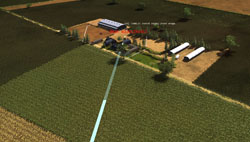
It allows you also to look at the line of fire of the particular unit, of field of view and weapon range. You can, for example, check if your units aren't too deeply in the woods so they won't be able to fire at enemy which they see.
Area attacks are linked with moderate use of formations (formation menu is slid out by the key over the movement commands).
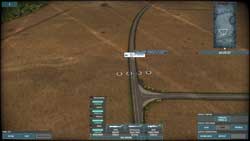
"Dispersion" (X key) - normally, units in one troop are very closely to each other.
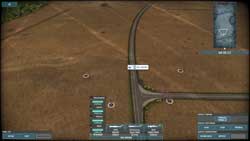
Ordering a command "Dispersion" makes your unit break their regular formation and spread out, but remain the same troop. This command is very important, because otherwise your troop may be easily neutralised by bombs, napalm or rocket attack; in such case all squad may be destroyed or stunned at once.
Ordering a command "Assemble" (R key) - joins single units into one group (but no bigger than 4). Using this command is worthless, due to the risk of bombardments and attacks described above. What is more, it's highly not-effective due to the fact that when such a group attacks smaller groups, it takes much more ammo to eliminate enemy. You shouldn't group up recon squads, as they don't detect enemies better and are more detectable when larger. There is one exception in case of infantry. Infantry fights better in bigger groups during urban encounters.
I have to also say few words about movements for planes and helicopters.
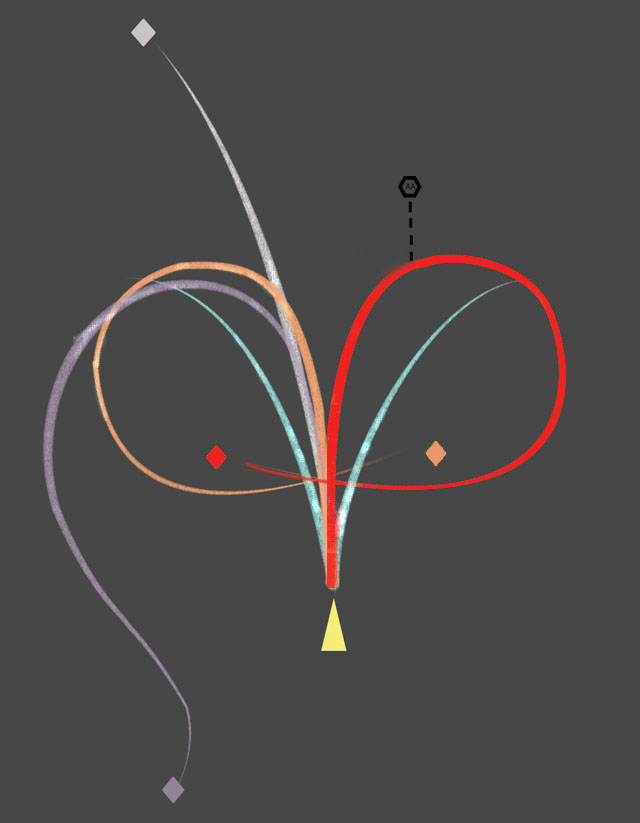
The schematics above shows how the plane moves while turning. Its reaction depends on the maximum angle of turning (blue lines above). If you won't to not fly into anti-flight cannons (black hexagon), click on the left side of a plane (red rhombus). Plane can't take such narrow turns, so it makes a circle (red line) almost over the anti-flight position. When you know how the plane behaves, you can make something similar by clicking on the right side of the plane (orange rhombus and orange line) but it's highly unintuitive. And if you click on left far in front of the plane, it'll fly deep into enemy's territory (grey line), what may be dangerous. The good move is to click on left side, behind a plane and then the turning angle will be proper and he'll turn into desired direction (violet rhombus and line).
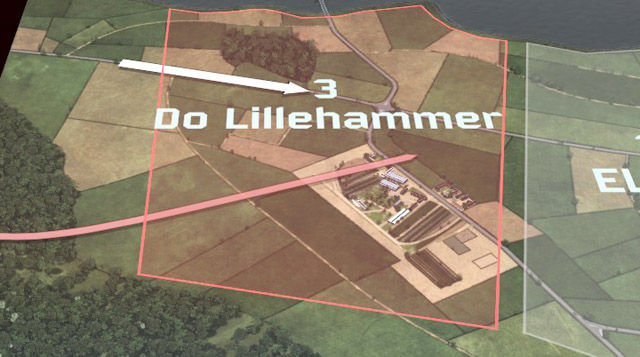
Planes get into battlefields via air-routes with the defined direction. They won't throw bombs while turning and have to approach targets in straight line. Stunned pilot can't attack, can't fire rockets. That's why, it's good to have a anti-air artillery with high rate of fire, because it may stun the pilot before he reaches his target. When the ammo runs out, plane leaves the battlefield. You can also order it to retreat immediately (V key) due to various circumstances. When it leaves the battlefield, it gets new weapon, is fueled, repaired. This process takes different amount of time, depending on damage and usage of resources.
Helicopters also have their turning angle while moving. If they hang in the air, they can turn very quickly. When they are in rush, they won't stop at once with order "Stop" (E key). In the phase of dislocation, placing them over the forest put them immediately in the air. Otherwise, they have to rise up what may take several precious seconds. They can also operate on two different altitudes, which can be changed by the proper order (Z key). On the lower one, helicopter is closer to the terrain what makes him less visible but also limits his field of vision. On the higher, his vision (and range) is much better, but the helicopter is visible and endangered. After a while of doing nothing, helicopters tend to lower altitude automatically. If it's on the ground, it may be attacked and destroyed as any land unit.
You are not permitted to copy any image, text or info from this page. This site is not associated with and/or endorsed by the developers and the publishers. All logos and images are copyrighted by their respective owners.
Copyright © 2000 - 2025 Webedia Polska SA for gamepressure.com, unofficial game guides, walkthroughs, secrets, game tips, maps & strategies for top games.
